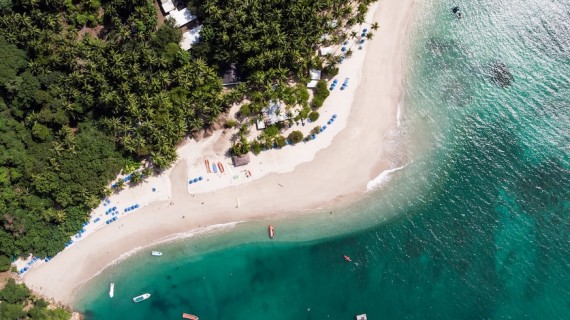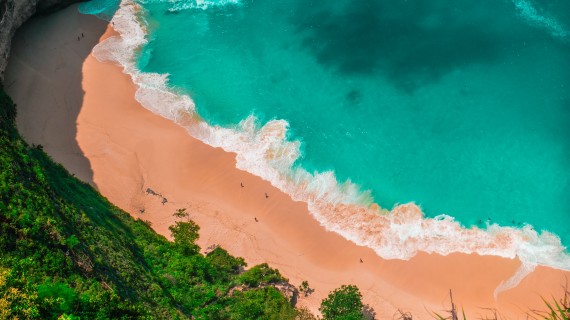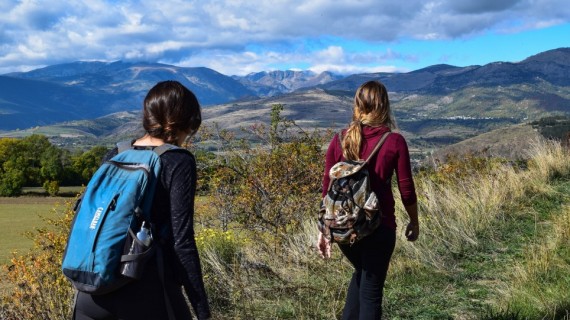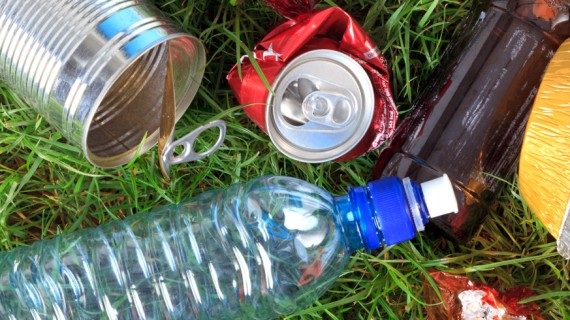While the tourism industry is boosting the Indonesian economy, solving the arising environmental issues proves to be challenging for the island of Bali.
The diverse landscape with rivers and volcanoes and the flora and fauna make the island of Bali a proper destination for some adventure. The island has marvelous beaches for surfing, snorkeling or even just to enjoy the ever-beautiful sunsets. Or would it be the enchanting local culture that attracts millions of tourists to the island each year? Anyway, the tourism industry is boosting the Indonesian economy, while solving the arising environmental issues proves to be challenging.
The problem
In the past, more and more people have recognized what Bali has to offer, making it an alluring tourist destination. Six million tourists visit the island each year, 2 million foreign, the rest are domestic travelers from the surrounding Indonesian islands. The massive number of visitors stress of the island’s water, energy, and food supplies to its limits. The picturesque, quiet beach villages are transforming into overcrowded areas, and the development of new resorts and hotels endanger the water supply of traditional farming. The farming, that once was enough to support the large part of the local diet. The previously sufficient road systems are becoming traffic hubs due to the hundreds of all-wheel-drive SUVs that most tourists are being carried around in. Causing pollution and difficulty to get around on the island.
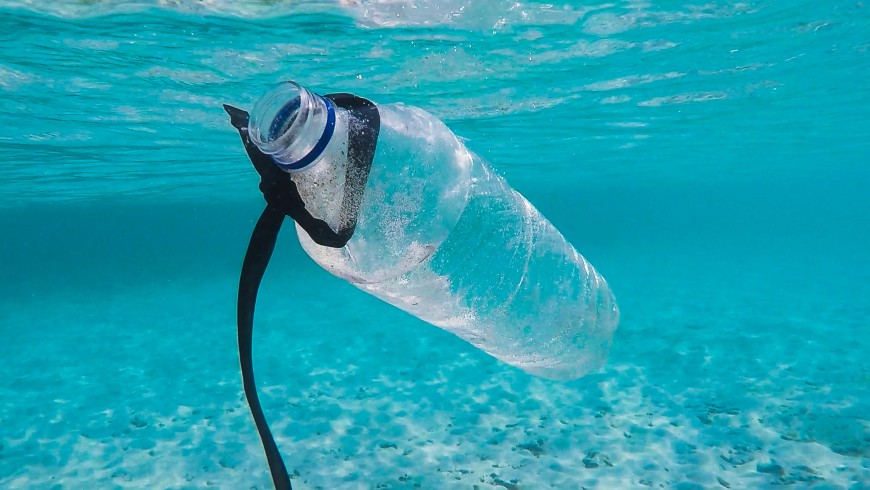
Still, it may be the amount of plastic that Indonesia generates that it’s the most horrifying. The country is currently amongst the top 5, where waste disposal is the most mismanaged. Without proper waste recycling systems, the rubbish from Bali and the surrounding islands ends up in the nature. EcoBali is currently the only provider of responsible waste management on the island, working towards achieving complete reusability.
Last year, a diver, Rich Horner has published a shocking video of himself, swimming through tons of plastic waste at the Manta Point, just 20 km from the coast of Bali. The eye-opening recording of a current hoarding this much garbage is uncommon but evidently represents what kind of damage humans can cause to the oceans’ habitat. Other divers added that the area was clean the day before and after the footage was recorded, and that is usually a well-preserved coast. Proving, that the current called Indonesian Throughflow, that connects the Pacific and the Indian Ocean collects most of the waste that Indonesia is depositing, and rapidly transfers that further into the open waters.
The solution
While the government is trying to take steps toward sustainable tourism, the exact actions are still unclear. Regular beach clean-ups are ordered by the government, and they have also introduced fees for the plastic bags in shops. Still, authorities have to balance economics with environmental interest.
Bali University of Udayana’s environmental experts trying to spread the word about how important it would be to implement sustainable practices in both agriculture and tourism. The goal would be to have an overarching view and documentation of the tourism in the country, while the members of the different industries, like agriculture, tourism, and service providers could simultaneously support each other. Green School Bali is committed to educating local and international children and their families to be the next generation of green-leaders and spread the idea of sustainability on the island.
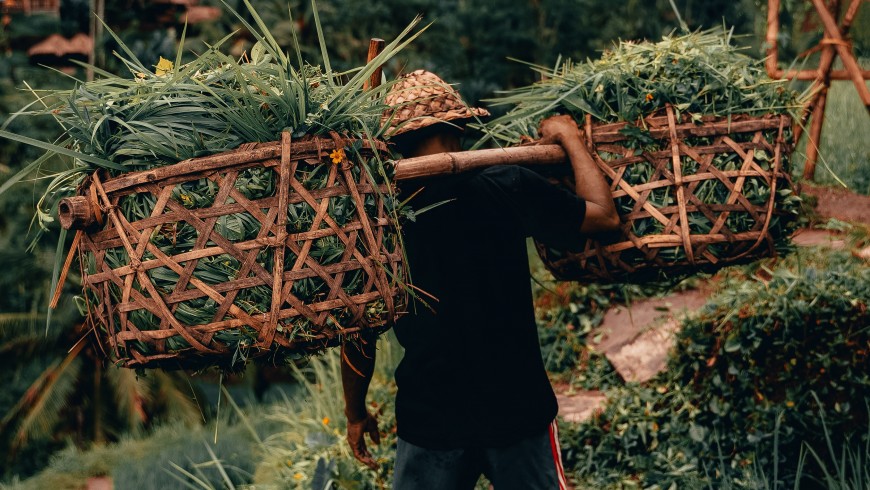
What can we do?
A big part of the 150 tons of waste that is produced in Bali a day is coming from tourism. Ordinarily, regulations from the government could result in the most significant impact. Fortunately, service providers, such as restaurants, cafes, and accommodations all over Bali has recognized the growing trend of guest favoring sustainable places over the ones, still working plastic and disposable materials. Bamboo, copper straws, reused paper, and latex bags are more and more common.
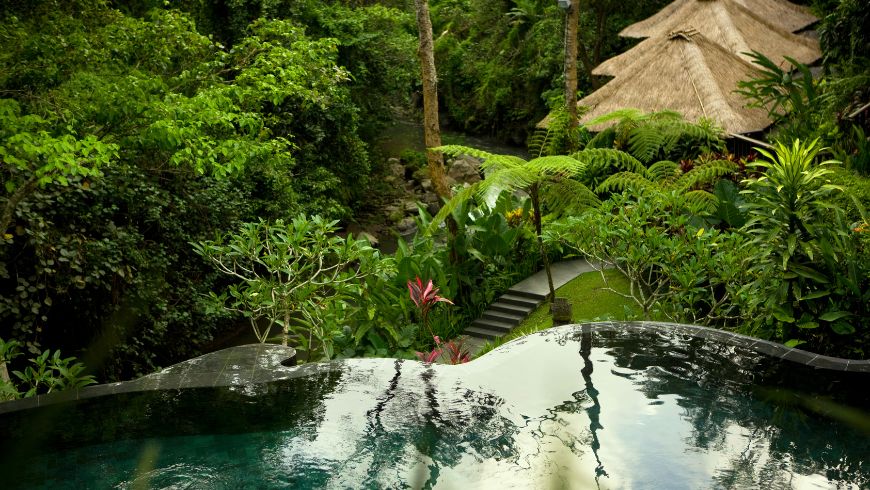
Individual tourists can also make a significant difference, just by looking out for sustainable possibilities. Some small actions, that if all incoming tourists in Bali would implement would mean a considerable difference:
- Choose the right type of accommodation: Make sure, to prioritize accommodations, that have waste management systems, have local and periodic food selection and using reusable energy when looking for one. You can also take a look at homestays; they are not only a perfect way to get to know the local culture, but also give back to the community.
- Have you own water bottle: It may seem like a small thing, but since it’s not possible to drink the tap water in Bali, it’s a good idea to bring your own water bottle and fill it up at one of the many distilled water dispensing tanks, instead of buying bottled water each time.
- Be aware of your water usage: As mentioned, most of the groundwater is channeled to the resorts and villas, taking 65% of the water available on the island. This leaves rivers and reservoirs dry and farmers in despair. Take showers instead of baths, reuse your towels if possible.
- Conscious sightseeing: While getting around and sightseeing, try to look for verified services by the Village Ecotourism Network (VEN) or Jaringan Ekowisata Desa (JED). These are the official groups formed to protect Bali’s ecosystems while continuing to grow the tourism trade. The organizations aim to minimize the environmental impact of tourism while building awareness and providing direct financial support for conservation projects. However, just because a tour is not recognized by the groups, it does not mean that it cannot be eco-friendly. Zero-impact tours are the best, or if you are feeling adventurous, you can easily rent a scooter and get around the island by yourself, instead of driving in a car.

Luckily more and more local and international people are recognizing the need for taking action and spreading awareness to conserve Bali’s uniqueness. By being an eco-traveler, you could also support and make use of these initiatives and services. We have collected 10 itinerary ideas for you that allows you to get to know the real Bali while enjoying everything it has to offer in a sustainable way. Check them out here!
Cover image: Rice terraces, Bali. Photo by: Sasint, Via: Pixabay

 Mule Malu Tropical Stay – Green Hotel in Kuta Selatan, Badung Regency, Bali, ID
Mule Malu Tropical Stay – Green Hotel in Kuta Selatan, Badung Regency, Bali, ID  Villa Lumbung Ubud – Green Bed & Breakfast in Ubud, Gianyar, Bali, ID
Villa Lumbung Ubud – Green Bed & Breakfast in Ubud, Gianyar, Bali, ID  Bambu Indah – Green Resort in Ubud, Gianyar, Bali, ID
Bambu Indah – Green Resort in Ubud, Gianyar, Bali, ID 